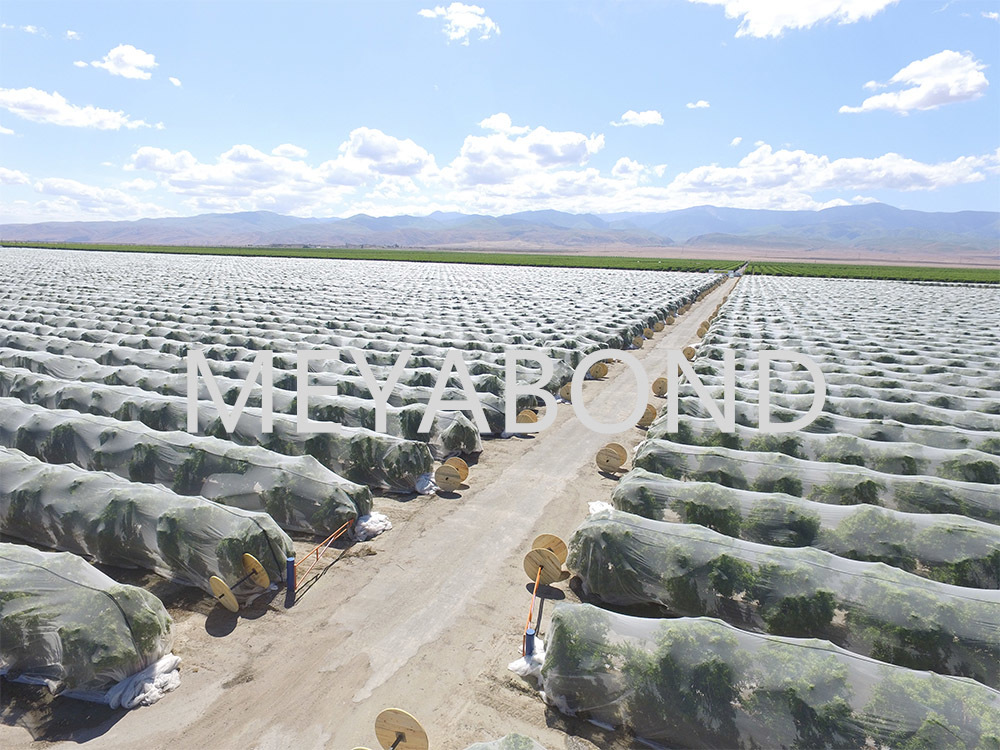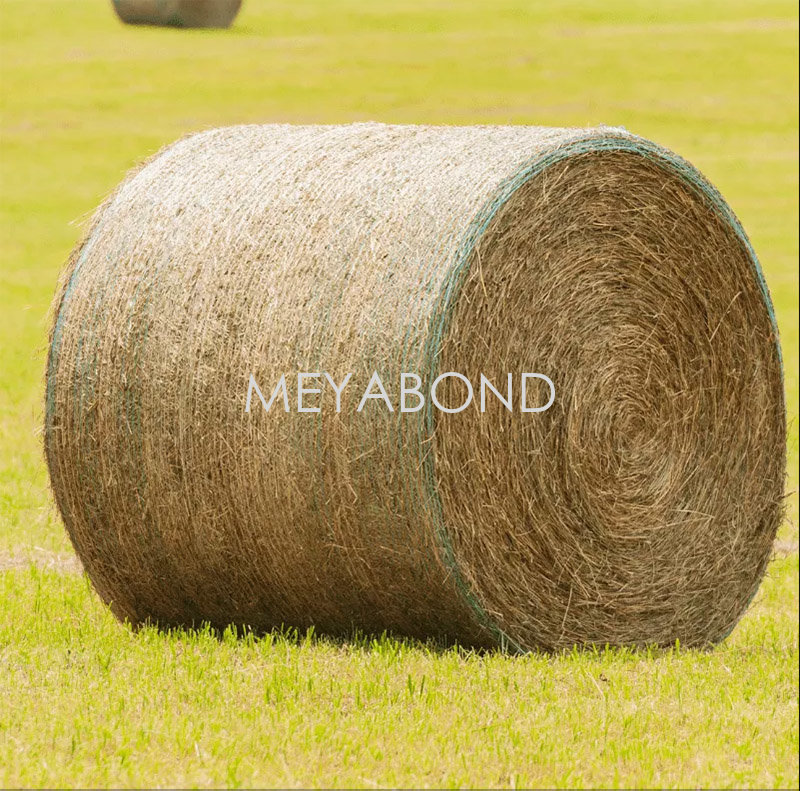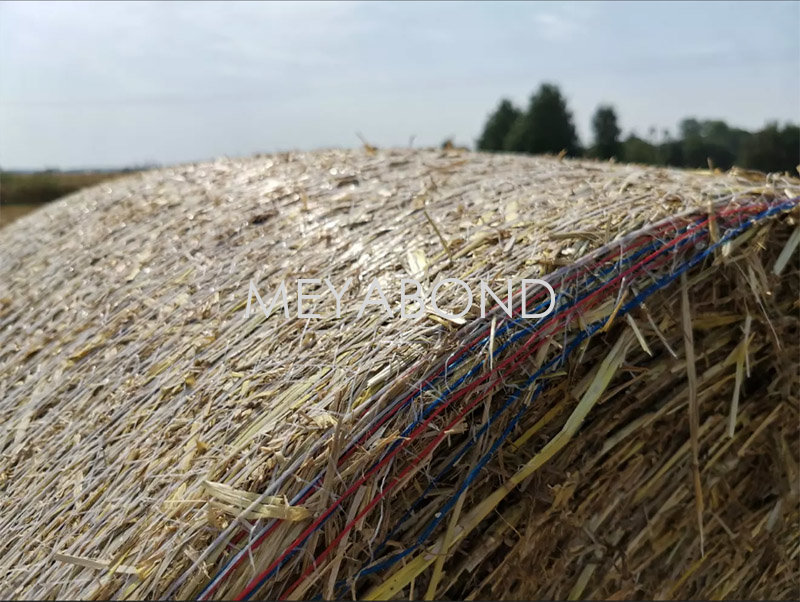Understanding Anti-Bee Netting: A Vital Tool for Sustainable Agriculture
Anti-bee netting is an innovative agricultural solution designed to protect crops from bee pollination while allowing beneficial insects to thrive. In the context of facility agriculture, where crops often require specific conditions for optimal growth, anti-bee netting serves as a crucial barrier against unwanted pollinators that can compromise crop yield and quality. This specialized netting is particularly beneficial for farmers looking to safeguard sensitive crops that may be adversely affected by bee activity.
One of the primary advantages of using anti-bee netting is its ability to prevent bees from accessing certain plants. While bees are essential for pollination, there are scenarios in which their presence can lead to over-pollination, resulting in reduced fruit quality or undesirable cross-pollination. For instance, certain crops, such as cucumbers or tomatoes, may produce seeds that are unsuitable for market sales if they are inadvertently pollinated by bees. By using anti-bee netting, farmers can control the pollination process more effectively, ensuring that only desired varieties are cultivated.
Additionally, anti-bee netting provides a dual function: it not only keeps bees away but also protects crops from other pests and environmental stressors. The mesh design of the netting allows for air circulation and sunlight penetration while acting as a physical barrier against insects that can harm plants. This means that farmers can create a conducive growing environment without relying heavily on chemical pesticides, aligning with sustainable agriculture practices that prioritize environmental health.
Farmers should consider factors such as netting density, height, and installation techniques to maximize the effectiveness of anti-bee netting. The right selection of netting can vary based on the type of crops being grown and the specific pest challenges encountered. Properly installed anti-bee netting can last multiple growing seasons, providing long-term protection and reducing the need for frequent replacements.
Moreover, the use of anti-bee netting contributes to the overall health of agricultural ecosystems. By minimizing pesticide use and creating a balanced environment for beneficial insects, farmers can enhance biodiversity within their fields. This not only supports the natural food chain but also promotes resilience against agricultural diseases and pests.
In summary, anti-bee netting is a pivotal element in modern agricultural practices, particularly in facility agriculture. By providing targeted protection against unwanted pollinators and pests, it allows farmers to cultivate high-quality crops while adhering to sustainable methods. Understanding the benefits and implementation of anti-bee netting can significantly impact the efficiency and productivity of agricultural operations, making it a worthwhile consideration for any professional in the industry.
One of the primary advantages of using anti-bee netting is its ability to prevent bees from accessing certain plants. While bees are essential for pollination, there are scenarios in which their presence can lead to over-pollination, resulting in reduced fruit quality or undesirable cross-pollination. For instance, certain crops, such as cucumbers or tomatoes, may produce seeds that are unsuitable for market sales if they are inadvertently pollinated by bees. By using anti-bee netting, farmers can control the pollination process more effectively, ensuring that only desired varieties are cultivated.
Additionally, anti-bee netting provides a dual function: it not only keeps bees away but also protects crops from other pests and environmental stressors. The mesh design of the netting allows for air circulation and sunlight penetration while acting as a physical barrier against insects that can harm plants. This means that farmers can create a conducive growing environment without relying heavily on chemical pesticides, aligning with sustainable agriculture practices that prioritize environmental health.
Farmers should consider factors such as netting density, height, and installation techniques to maximize the effectiveness of anti-bee netting. The right selection of netting can vary based on the type of crops being grown and the specific pest challenges encountered. Properly installed anti-bee netting can last multiple growing seasons, providing long-term protection and reducing the need for frequent replacements.
Moreover, the use of anti-bee netting contributes to the overall health of agricultural ecosystems. By minimizing pesticide use and creating a balanced environment for beneficial insects, farmers can enhance biodiversity within their fields. This not only supports the natural food chain but also promotes resilience against agricultural diseases and pests.
In summary, anti-bee netting is a pivotal element in modern agricultural practices, particularly in facility agriculture. By providing targeted protection against unwanted pollinators and pests, it allows farmers to cultivate high-quality crops while adhering to sustainable methods. Understanding the benefits and implementation of anti-bee netting can significantly impact the efficiency and productivity of agricultural operations, making it a worthwhile consideration for any professional in the industry.
Key words:
Related News
CONTACT US
Email: sales8@meyabond.com
Tel: +8618911966213
No.3 Yard, ZhongHe Road, 100071,FengTai District, Beijing, China
Email: sales6@meyabond.com
Tel: +8618911963856
No.3 Yard, ZhongHe Road, 100071,FengTai District, Beijing, China
















